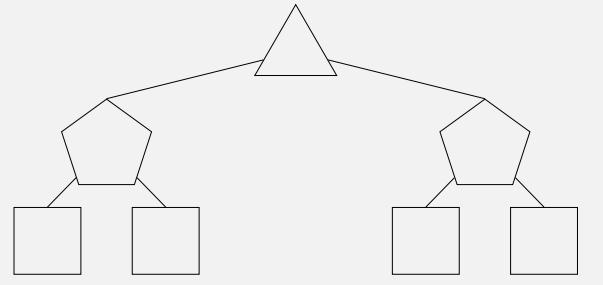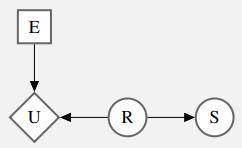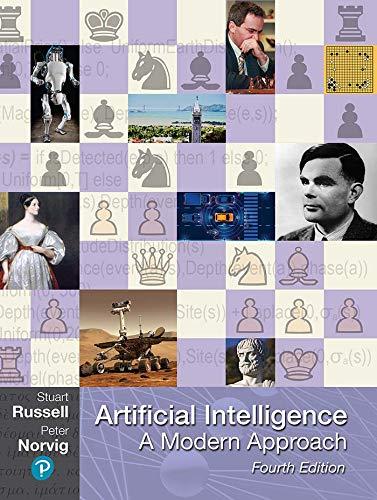Valerie has just found a cookie on the ground. She is concerned that the cookie contains raisins,
Question:
Valerie has just found a cookie on the ground. She is concerned that the cookie contains raisins, which she really dislikes but she still wants to eat the cookie. If she eats the cookie and it contains raisins she will receive a utility of −100 and if the cookie doesn’t contain raisins she will receive a utility of 10. If she doesn’t eat the cookie she will get 0 utility. The cookie contains raisins with probability 0.1.
a. We want to represent this decision network as an expectimax game tree. Fill in the nodes of the tree below, with the top node representing her maximizing choice.

b. Should Valerie eat the cookie?
c. Valerie can now smell the cookie to judge whether it has raisins before she eats it. However, since she dislikes raisins she does not have much experience with them and cannot recognize their smell well. As a result she will incorrectly identify raisins when there are no raisins with probability 0.2 and will incorrectly identify no raisins when there are raisins with probability 0.3. This decision network can be represented by the diagram below where E is her choice to eat, U is her utility earned, R is whether the cookie contains raisins, and S is her attempt at smelling.

Valerie has just smelled the cookie and she thinks it doesn’t have raisins. Write the probability, X, that the cookie has raisins given that she smelled no raisins as a simplest form fraction or decimal.
d. What is her maximum expected utility, Y given that she smelled no raisins? You can answer in terms of X or as a simplest form fraction or decimal.
e. What is the Value of Perfect Information (VPI) of smelling the cookie? You can answer in terms of X and Y or as a simplest form fraction or decimal.
Step by Step Answer:

Artificial Intelligence A Modern Approach
ISBN: 9780134610993
4th Edition
Authors: Stuart Russell, Peter Norvig





